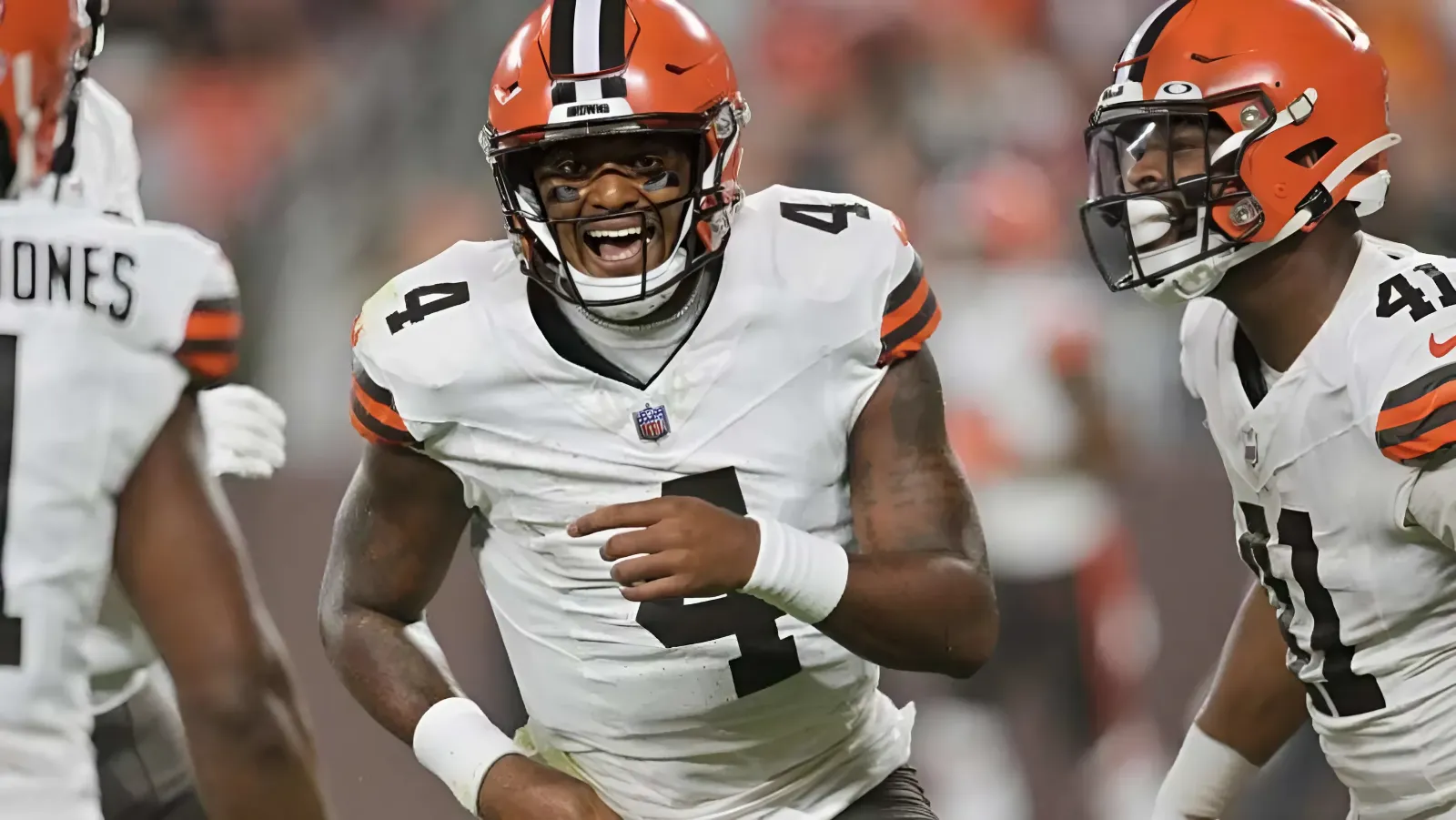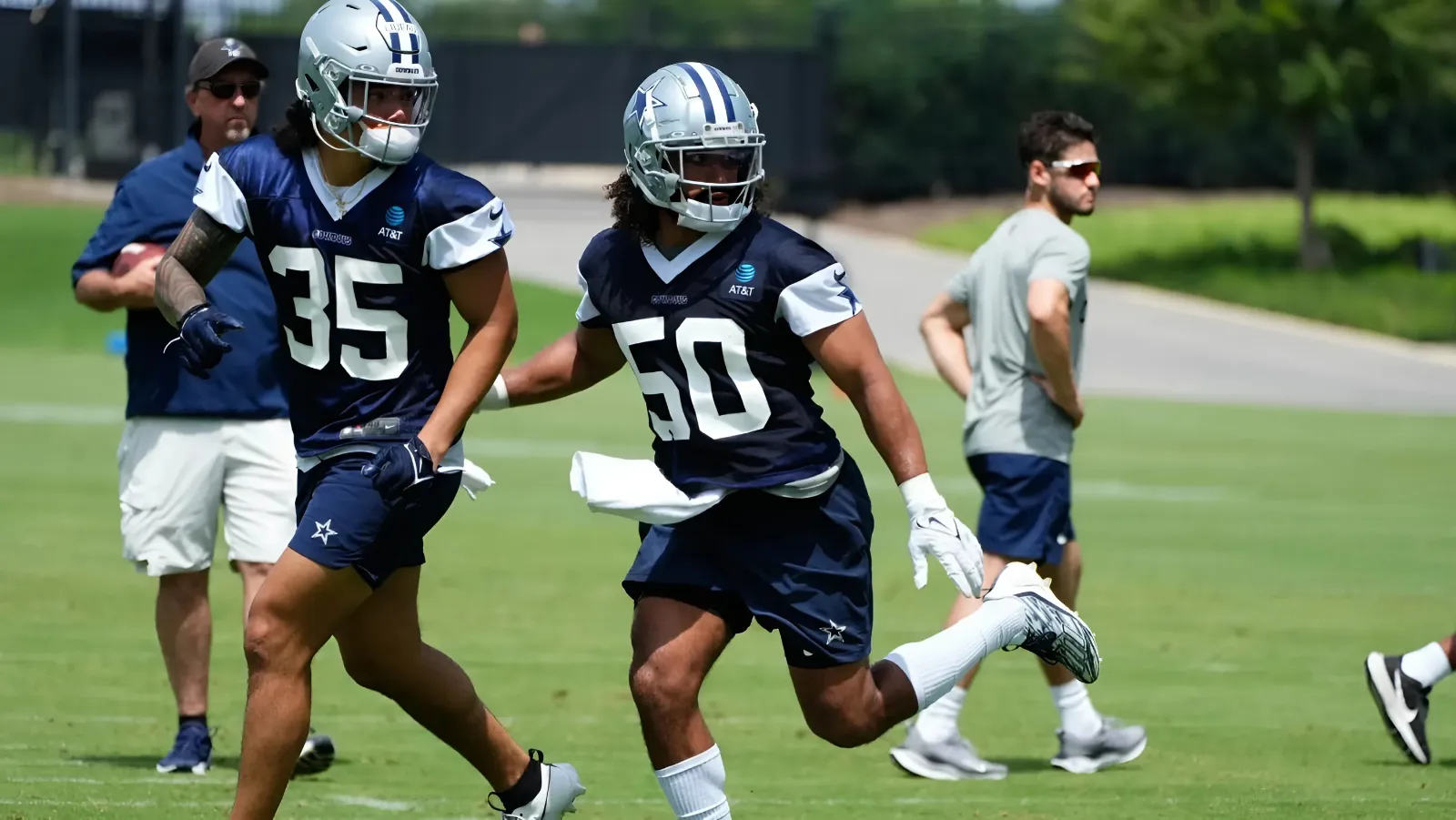
After two weeks, your Seattle Seahawks are 2-0. In their first season under defensive mastermind Mike Macdonald, the Seattle defense is showing stark differences from their last few seasons, and it's satisfying to see. But how does this defense's first two performances stack up against the 2013 Legion of Boom Super Bowl-winning squad's first two performances? It's a little closer than you may think.
The 2013 defense consisted of a dominant secondary that was supplemented by a defensive line that generated pressure all day. In the middle were efficient linebackers who could plug the gaps in run fits and provide good coverage in the passing game. You could argue this Seahawks defensive backfield, featuring two elite cornerbacks and productive safety play, also has a dominant secondary.
This Seattle defensive line is no slouch either, leading the entire NFL in pressure rate, as of Monday morning. The linebackers, consisting of Jerome Baker and Tyrel Dodson, as well as spells of rookie linebacker Tyrice Knight, have been a pleasant surprise, performing efficiently in run fits and in pass coverage.
In week one of the 2013 season, Seattle traveled to Carolina to play Cam Newton and the Panthers. The Seahawks only allowed seven points in a balmy September affair that saw Carolina put up 253 total yards of offense while forcing two turnovers. In week one of the 2024 season, Seattle hosted the Denver Broncos. Although Seattle "allowed" 20 points to Denver, four of those points came off offensive safeties, three points came off a turnover that gave Denver the ball in field goal range, and seven points came from a garbage time touchdown with two minutes to go.
In 58 minutes of game time, Seattle's defense essentially only allowed six points on drives that didn't start in Seahawks territory. By the end of week one, Seattle had only allowed 231 yards of total offense to Denver and had forced three turnovers.
In the Seahawks' 2013 opener, the defense allowed 125 passing yards and a passing touchdown from Newton and the Panthers. In Seattle's 2024 opener, the defense allowed 138 yards, no touchdowns, and two interceptions off Bo Nix. In the 2013 opener, Seattle surrendered 125 rushing yards on 26 carries, just over 5 yards per carry. In the 2024 opener, Seattle allowed 99 rushing yards on 25 carries, just shy of four yards per carry.
In week two of 2013, Seattle hosted San Francisco in their home opener. The defense held the 49ers to only three points in the entire game. Seattle only surrendered 207 total yards to Colin Kaepernick and the Niners. In week two of 2024, the Seahawks traveled nearly 2,000 miles to Foxborough, Massachusetts, for a 10 am PT kickoff against the New England Patriots. Seattle again allowed 20 points in four quarters plus an overtime period. Seattle allowed 310 total yards to Jacoby Brissett and New England.
In 2013, Seattle allowed 13 completions for 127 yards and no touchdowns to Kaepernick and the Niners in week two. In 2024, Seattle allowed 15 completions for 149 yards and a touchdown to Brissett and New England in week two. In 2013, San Francisco rushed for 100 yards on 20 carries, an ever five yards per carry. In 2024, New England rushed for 177 yards on 32 carries, good for 5.5 yards per carry.
A trend I've noticed comparing the two units is that there is a correlation between a more dominant defensive performance in each unit's home opener in the afternoon. In both 2013 and 2024, the defense set the tone at home and essentially dominated the game.
However, in both unit's early east coast 10 am PT road trip, the defense surrendered a bit on the ground and was less dominant, yet still was good enough to pressure the quarterback, contain the big plays, and keep the opposing offense out of the endzone enough to win the game for the Seahawks.
Through two games in 2013, Seattle's defense allowed 10 points, a ridiculously elite number. Through two games in 2024, the Seahawks' defense (not including safeties or drives that started in field goal range) has allowed 33 true points. There's a decent difference between the points allowed, but what I want to focus on are the more specific and telling stats.
In week two of 2013, the Legion of Boom only allowed five receptions for 46 yards to wide receivers, while in week two of 2024, the Seahawks' defense only allowed three receptions for 19 yards to wide receivers. In both of those games, non-wide receivers, like tight ends and backs accounted for most of the receiving yards in the first half. However, halftime adjustments in both games shut down those non-receivers in the second half.
Most importantly, the main similarity I'm noticing is the way the Seahawks are succeeding on defense. Both in 2013 and 2024, the key to getting off the field was good pressure from the defensive line, combined with sticky coverage in the secondary. In Seattle's 2013 home opener, Kaepernick was under duress all day, leading to three interceptions thrown into sticky coverage. In Seattle's 2024 home opener, Bo Nix was under pressure all day long, leading to two interceptions thrown into solid coverage.
By no means is this defense the 2013 Legion of Boom, but the trends are encouraging. Pete Carroll laid the blueprint for a championship-caliber defense over a decade ago. A new-age Mike Macdonald is putting his own spin on the blueprint Carroll laid, and through two games, it's paying dividends for a 2-0 Seahawks team.
The main difference I'd like to note from 2013 to this year is the fact that Legion of Boom defense bent, but did not break. Timely turnovers, sacks, and forced penalties kept opponents out of the end zone, and the 2024 squad has yet to bend without breaking entirely. But there is still time for the defense to tighten up at the tail ends of drives.
So, what's next?
In 2013, in week three, the Seahawks allowed 17 points to a lowly Jacksonville Jaguars squad in a 45-17 win. Chad Henne was picked off twice, as Seattle only allowed 265 total yards, many of which came in garbage time late in the game.
Next week, in week three, Seattle hosts Miami, who (hopefully, for his health and well-being) will be without Tua Tagovailoa after his scary concussion last Thursday night. Miami still has a plethora of offensive weapons, like wide receivers Tyreek Hill, Jaylen Waddle, and running back Devon Achane.
As of Monday, the starter for the Dolphins figures to be backup Skylar Thompson. An encouraging performance for Seattle's defense would include multiple turnovers off a backup quarterback, finishing pressures with sacks, and slowing down the Miami run game en route to a comfortable win at home. It'll be interesting to continue comparing this unit with the Legion of Boom unit as the season progresses.



